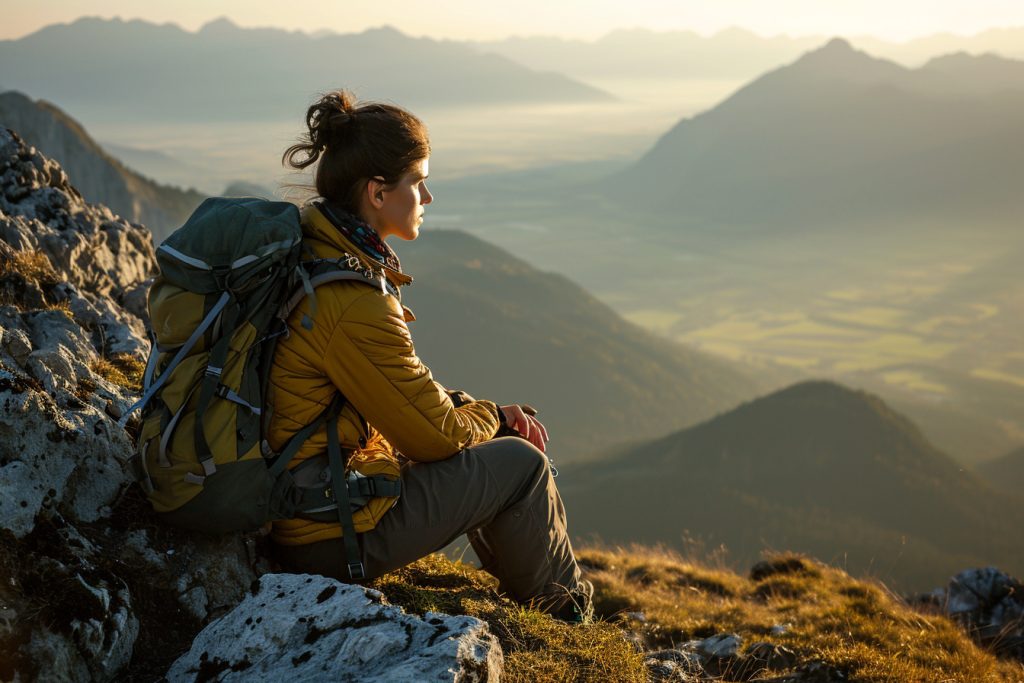Mountain climbing isn’t just a test of physical endurance; it’s a glorious way to commune with nature, to challenge yourself, and to experience the breathtaking beauty of our planet’s most majestic heights. If you’re looking to escape the daily grind and get your head above the clouds, then this chill guide to altitude is just what you need. Whether you’re a novice trekking towards your first summit, or a seasoned climber scouting for a refresher, these tips will ensure your journey is as smooth as the mountain breeze. Let’s gear up, breathe in, and take those peaks at our own pace.
Packing Smart: Gear Up Without the Bulk
When it comes to mountain climbing, think of your backpack as your lifeline – but that doesn’t mean stuffing it to the brim. Packing smart is crucial; you’ll need to strike a balance between bringing what you need and keeping it light. Essential gear includes weather-appropriate clothing (think layers), a sturdy pair of boots, a sleeping bag rated for the climate, navigation tools, and a first-aid kit. Opt for multi-use items that serve more than one purpose to save space. Remember, every extra pound is one you’ll have to haul up the mountain with you, so pack with a minimalist mindset and leave the "just-in-case" items at home.
The key to efficient packing is to know your climb – research your route and the conditions you’ll face. Depending on your destination, you may need specialized equipment like crampons for ice or a climbing harness for safety. Invest in lightweight, durable items where possible; technology has done wonders for creating robust gear without the weight penalty. And, don’t forget to test-pack your bag before the climb, ensuring that essentials are easily accessible and the weight is evenly distributed for maximum comfort on your ascent.
Conquering Altitude: Breathe Easy Tips
Ascending to high elevations can literally take your breath away, and not just because of the stunning views. At altitude, the air is thinner, meaning less oxygen is available with each breath. To help your body acclimatize, it’s essential to climb gradually and give yourself time to adapt – this means planning for slower ascents and possibly scheduling days for acclimatization. Staying well-hydrated is also key as dehydration can exacerbate symptoms of altitude sickness, which include headaches, nausea, and dizziness. Sipping on water throughout your climb, even when you’re not thirsty, will help maintain optimal hydration.
Another breathing easy tip involves your pace and breathing pattern. Try using the "rest step" method, a way of walking that involves momentarily pausing between steps to reduce fatigue. As for your breathing, adopting a slow and deep pattern can improve oxygen intake. If you start to feel the effects of the altitude, it’s important to listen to your body and rest. Consider using portable oxygen if the symptoms become too uncomfortable, and always descend if your condition starts to worsen – there’s no shame in ensuring your health and safety come first.
Setting the Pace: Slow and Steady Climbs
Mountain climbing is an endurance sport, not a race. The glory lies not in the speed of your ascent but in the persistence and enjoyment of the journey. "Slow and steady wins the race," as the old saying goes, and this holds especially true when it comes to conquering peaks. Rushing can lead to exhaustion and injury, which are surefire ways to ruin your adventure. Instead, set a pace that allows you to walk without huffing and puffing excessively. A pace where you can hold a conversation is a good marker – it means you’re going easy enough to conserve energy for the long haul.
Adopting a measured pace also allows you to truly absorb your surroundings and reduces the risk of altitude sickness. It’s not uncommon to see climbers overtaken by the excitement of the ascent, pushing too hard too early. Remember, your body needs time to adjust to the thin air, and pacing creates the opportunity for this to happen naturally. Regular breaks for water and food are essential, as is a good night’s rest. When it comes to climbing, tortoises often fare better than hares; respecting the mountain means respecting the time it takes to scale it with care.
As you leave footprints on craggy rocks and ice, remember that successful mountain climbing is as much about enjoying the ride as it is about reaching the top. Packing smart, acclimatizing to the altitude, and setting a steady pace are the ingredients for a memorable and chill mountain climbing experience. So lace up those boots, fill your lungs with crisp mountain air, and embark on your ascent with confidence and serenity. May the peaks invite you to new heights, and may your journey be as fulfilling as the destination itself. Happy climbing!









